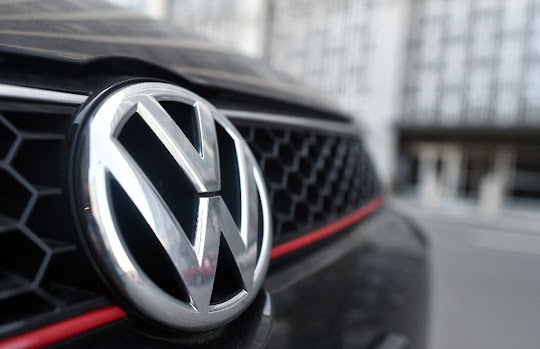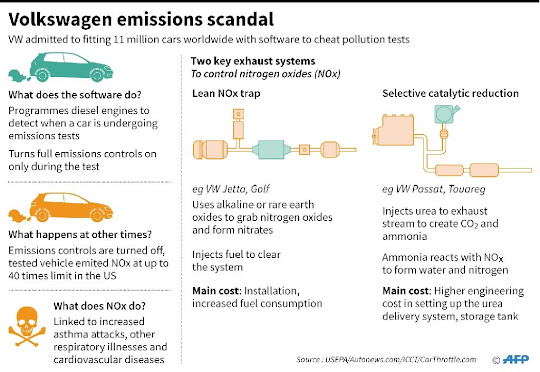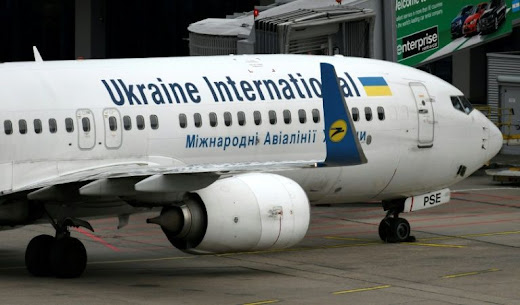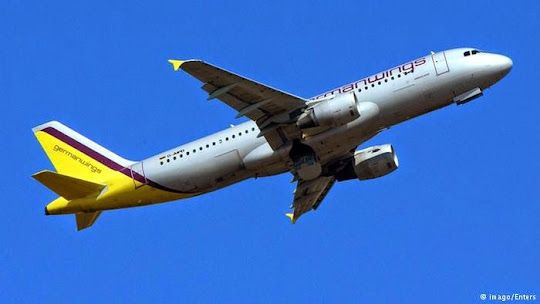 |
| Shark fins dry in the sun on the roof of a factory building in Hong Kong (AFP Photo/Antony Dickson) |
Shark fins’
ride in plane bellies is beginning to end.
Last week,
Korean Air Lines Co. said since March it had stopped moving the delicacy used
in soups. The Seoul-based company joined Cathay Pacific Airways Ltd. and Air
New Zealand Ltd. in saying no to transporting the commodity.
The
airlines’ ban on carrying the cargo may aid steps by environment lobbies to
protect sharks, whose fins can cost as much as $800 per kilogram ($364 per
pound). Hong Kong is the transit point for about half of the global shark fin
trade, which largely goes to the Chinese market, said Alex Hofford, executive
director at MyOcean, a marine conservation group.
“The
airlines know it’s good to be seen as doing the right thing as passengers
become more environmentally aware,” Hofford said. “Economically speaking, it
doesn’t affect them one bit as it’s so tiny compared to all the other things
they carry, electronics, phones or other cargoes.”
About 10
percent of global shark-fin trade is freighted through air with the rest moving
by ships, Hofford said. Hong Kong imports shark fins from all over the world including
Africa, Europe, south Pacific, Indonesia, Japan and the Middle East, he said.
Fishermen
obtain the fins by slicing them off sharks and leaving them back into the
ocean, a process called “finning”, Korean Air said in a June 20 statement. More
than 73 million sharks are finned around the world every year, it said, citing
research data.
Higher-Value
Goods
Korean
Air’s decision came after a similar move by Air New Zealand last month and
Cathay’s September announcement to only carry shark products from sustainable
sources.
Asian
airlines and airports are aiming to move to higher-value goods to counter a
weak global air-freight market, which declined for a second straight year in
2012 amid a slump in demand across Europe.
Changi
Airport, Southeast Asia’s largest freight airfield, plans to attract more gold
bars, tuna and vaccines to Singapore as it seeks to increase handling of
high-value cargo to make up for slowing trade.
Cathay
Pacific, the world’s biggest international air-cargo carrier, aims to replicate
its business-class strategy in a cargo trade upgrade. The airline said in
February it wants to fly more diamonds and medicines rather than T-shirts.
Shark
Rescue
Environmental
groups, including Shark Rescue and MyOcean, last month also sent a letter to
Fiji’s Air Pacific, urging it to stop the carriage of shark fins and related
products from the south Pacific on flights to Hong Kong.
They plan
to lobby Qantas Airways Ltd and Air France-KLM Group to urge them to stop
carrying the fins, Hofford said.
Air New
Zealand suspended the carriage of shark fins on May 21, while a review of this
issue is underway, the carrier’s spokesman Andrew Aitken said in an e-mailed
statement last week.
Cathay
Pacific in September announced a restrictive policy that it will only accept
independently verified sustainable shark and shark-related products. While the
carrier is still working on the implementation of the policy, it has reduced
the volume of shark fins carried to 3 tons in the six months ended March from
about 300 annually before the announcement, according to an e-mailed statement
from the carrier on June 20.
Wedding
Banquet
“We will
only ship from sustainable sources and will continue to do so,” its Chief
Executive John Slosar said last week in Hong Kong.
Transport
restrictions could make a soup, made with 76 grams of shark fins, pricier than
the HK$1,320 ($170) it sells at the Fook Lam Moon Group restaurant in Hong
Kong.
Shark fin
consumption in Hong Kong is going down as young people have increased awareness
of protecting endangered species, Hofford said. The older generation of people
continues to consume shark fins, he said.
Cissy Ho, a
27-year-old who is getting married next month in Hong Kong, said she had to
agree to her family members’ decision to include shark fin soup in the menu for
her wedding banquet.
“I would
choose bird’s nest dish over shark fin soup, but I failed to convince the
elders,” said Ho, who works at a Hong Kong-based company. “They still think
shark fin soup is a must-have item to show their generosity towards guests.”
Bloomberg
Related Articles:
Fiji's Air Pacific bans 'unsustainable' shark fins - New
EU tightens ban on shark finning
Fiji's Air Pacific bans 'unsustainable' shark fins - New
EU tightens ban on shark finning























